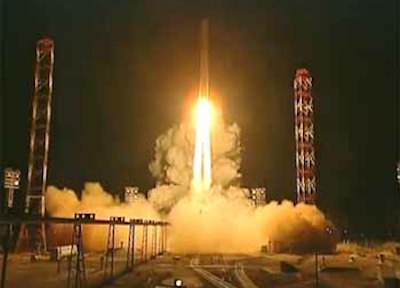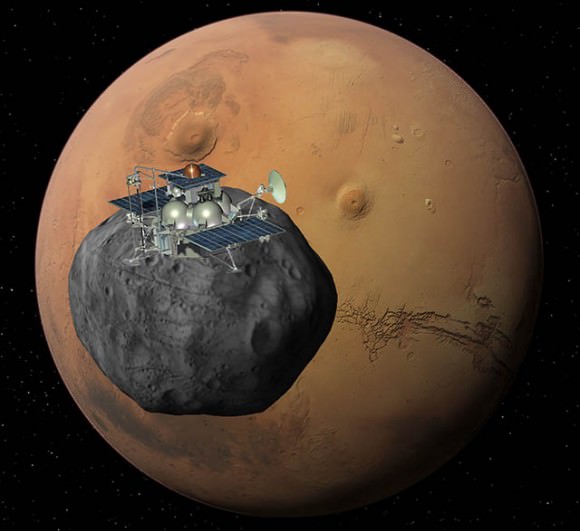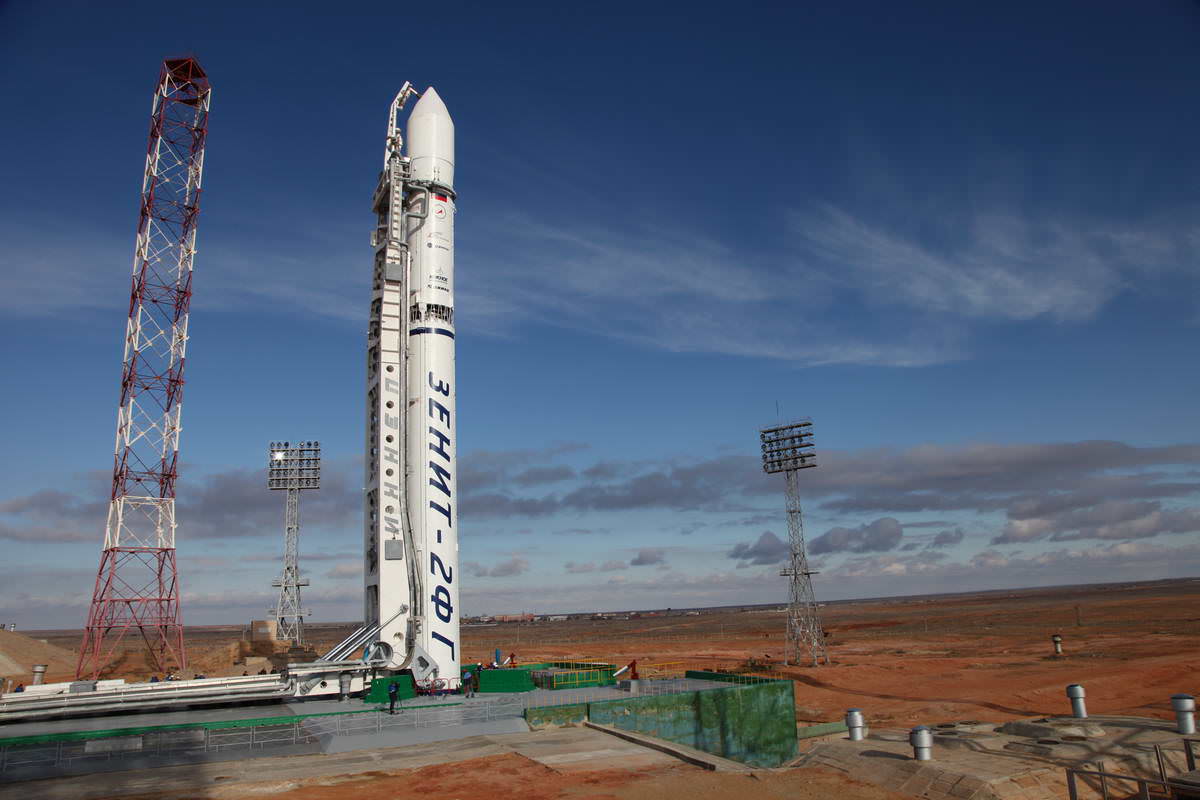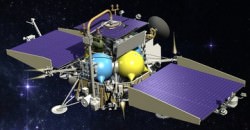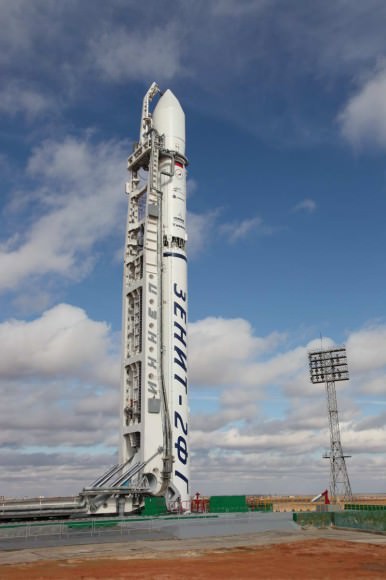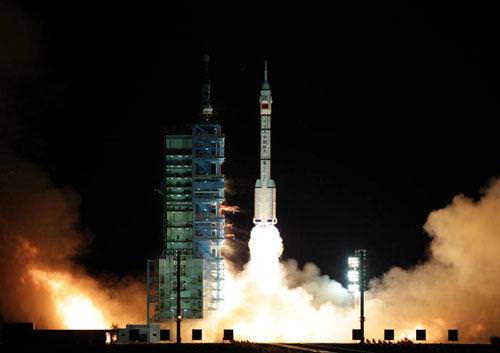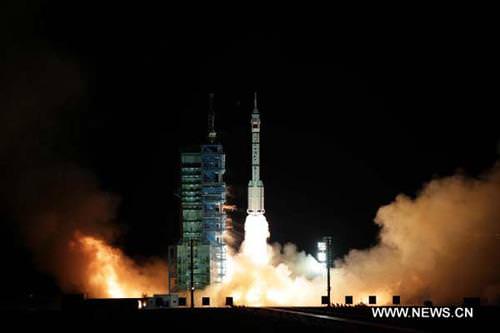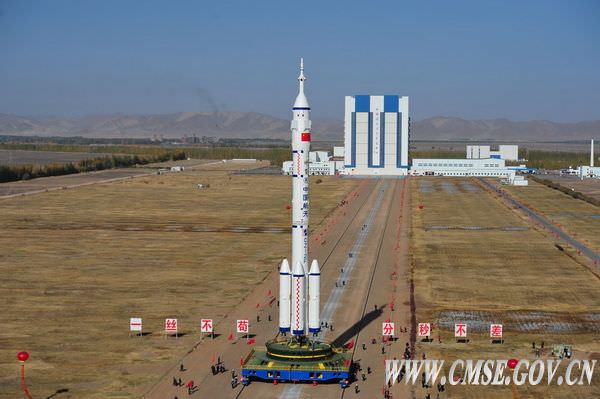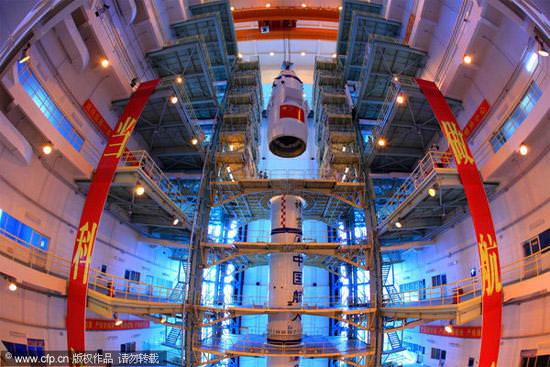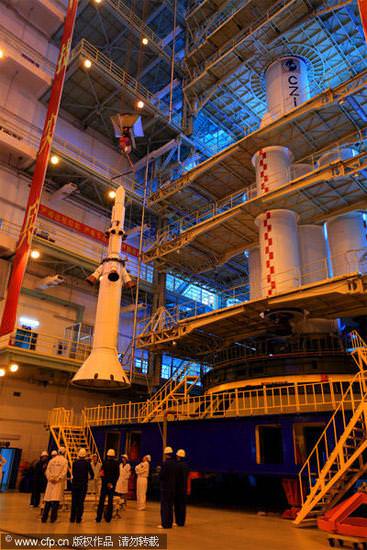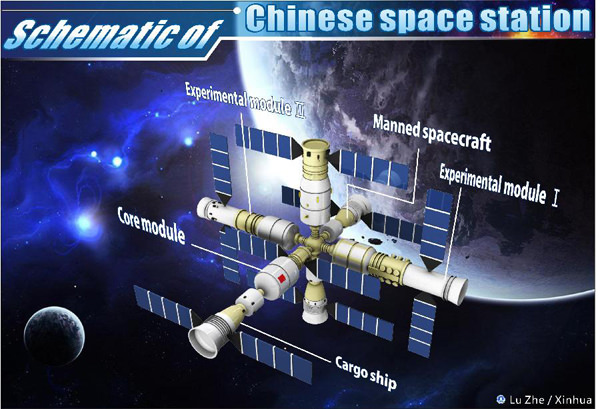[/caption]
Chinese space prowess took another major leap forward today (Nov. 14) when the unmanned Shenzhou-8 capsule successfully re-docked with China’s Tiangong-1 space lab while speeding through space and orbiting some 343 km above Earth. Today’s events pave the way for China to rapidly ramp up their human space program and loft up to two manned flights to the space lab module in 2012.
The re-docking marked only the 2nd time that China had accomplished a successful space docking, a critical technical milestone that opens the door to China’s real ambition of assembling a 100 ton operational Space Station in low Earth orbit by 2020 – about the time when the ISS might be decommissioned.
China made space history on Nov. 3 by becoming only the 3rd country on Earth – after the US and the Russia – to accomplish a space link up when Shenzhou- 8 and Tiangong-1 rendezvoused and docked in earth orbit.
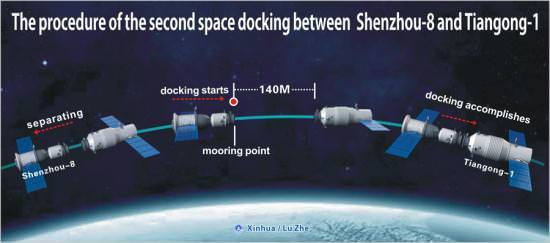
Shenzhou-8 was launched to orbit on Nov. 1 atop a Long March 2F booster rocket from the Jiuquan Satellite Launch Center in the Gobi Desert in northwest China. The two Chinese built spacecraft have been joined together for 12 days.
China’s space re-docking exercise today came just hours after Russia successfully launched their Soyuz capsule with two Russians and one American bound for the ISS.
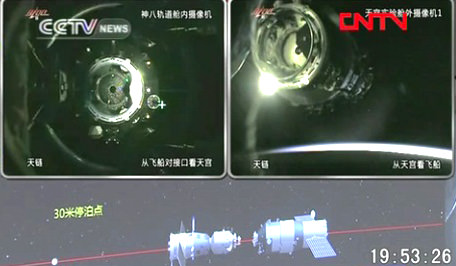
Today’s goal was to give Chinese engineers more practice and confidence in mastering the complex maneuvers required for rendezvous and docking two vehicles in space. It was carried out in daylight conditions as opposed to the nighttime conditions for the initial docking to expand the testing envelope under different scenarios.
Shenzhou-8 first disengaged from the prototype space station at about 6:37 a.m. EST and then withdrew to a distance of about 140 meters (460 ft). About 30 minutes later, mission controllers at the Beijing Aerospace Control Center monitored Shenzhou-8 as it automatically approached Tiangong-1 and completed the second docking – or “Space Kiss” as the Chinese media fondly say – at about 6:53 a.m. EST.

The combined Shenzhou-8/Tiangong-1 orbiting complex is some 20 meter in length and weighs about 16 tons. Each vehicle weighs some 8 tons. Tiangong-1 is 10.4 m in length and 3.3. m in diameter. Shenzhou-8 is 9.2 m in length
Shenzhou is China’s manned space capsule but flew this flight with no humans aboard because Chinese space officials felt it was safer and prudent and did not want to expose astronauts to excessive risk during the unprecedented docking attempts.
Following today’s complete success, the China Manned Space Engineering (CMSE) Project is pushing ahead with plans to launch up to two manned missions to Tiangong-1 in 2012 – namely Shenzhou-9 and Shenzhou-10 which are already under construction.
Both 2012 missions would be short duration flights of a few days or weeks since the Tiangong-1 module is a prototype space station module and not outfitted for long duration flights.
CMSE is evaluating a pool of Chinese astronauts already in training – including two women – for the two flights. Both women candidates are married and about 30 years of age but have not been publically identified.
It seems highly likely that one of the Shenzhou missions will include the first female Chinese astronaut.
So far China has launched six astronauts on three manned Shenzhou capsules between 2003 and 2008.
The docking mechanism on Shenzhou-8 was developed and manufactured in China, says Wu Ping, spokeswoman for the CMSE.
In two days, Shenzhou-8 is due to undock from Tiangong-1 for the final time and initiate the fiery re-entry to Earth on Nov. 17. The descent capsule will land by parachute.
These historic feats prove that China’s manufacturing and technological capabilities are surging forward and rapidly matching the Western powers and Japan in a broad swath of scientific and technical fields.
Since the forced retirement of NASA’s functioning space shuttle orbiters, only China and Russia can launch people into space.
Video animation caption: Chinese spacecraft to ‘kiss’ in space. Credit: NMANewsDirect
Read Ken’s features about Shenzhou-8 & Tiangong-1
China Technology Surges Forward with Spectacular First Docking in Space
China launches Shenzhou-8 bound for Historic 1st Docking in Space
Shenzhou-8 rolled out for Blastoff to China’s 1st Space Station on November 1
Bizarre Video: China’s Tiangong 1 Space Lab Animation set to ‘America the Beautiful’ Soundtrack
China Blasts First Space Lab Tiangong 1 to Orbit
China set to ‘Leap Forward in Space’ as Tiangong 1 Rolls to Launch Pad






